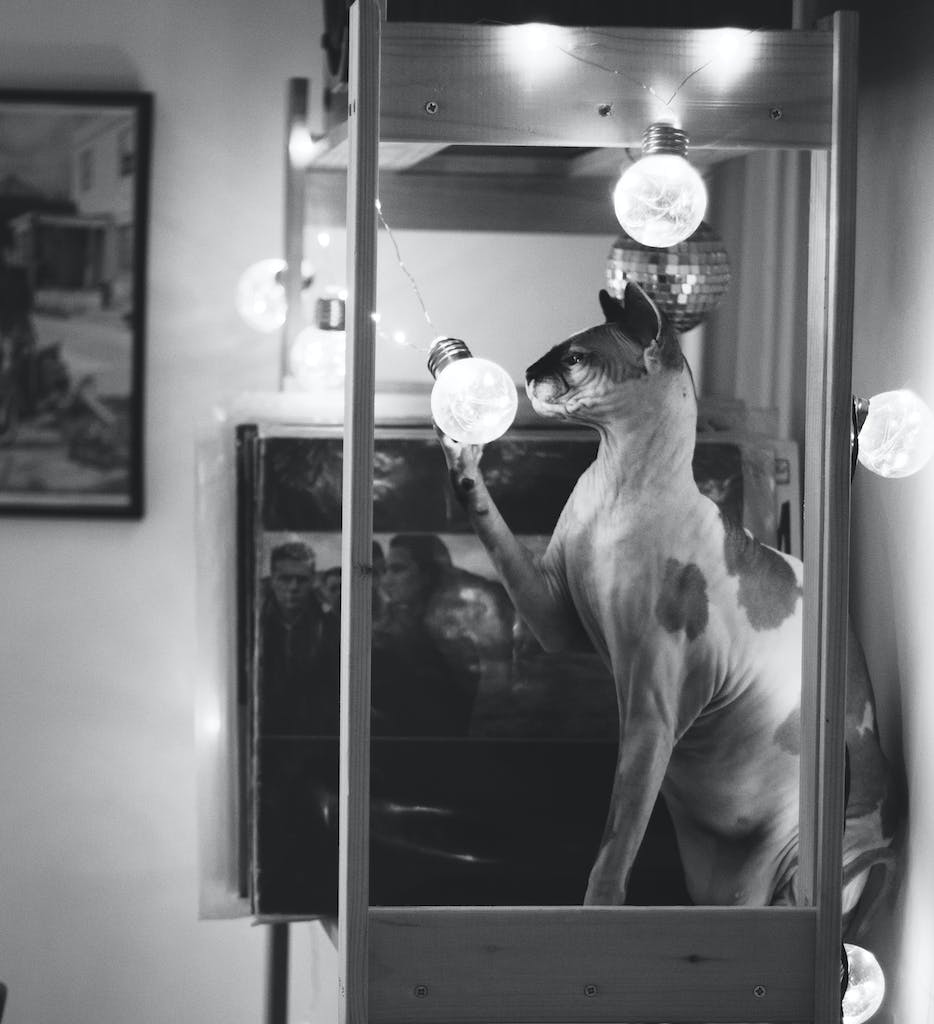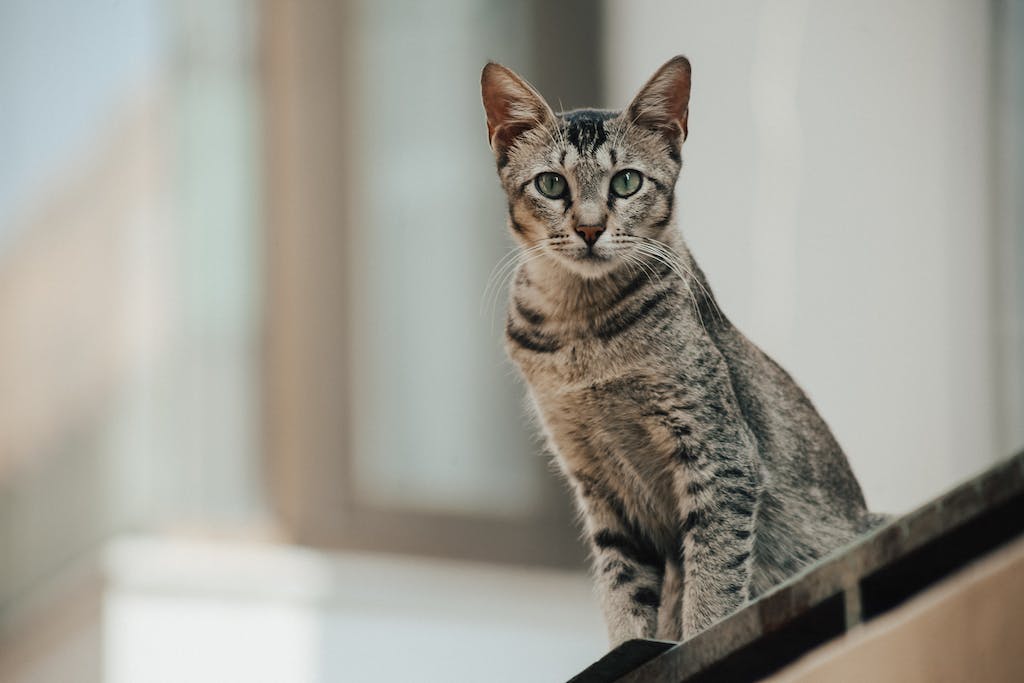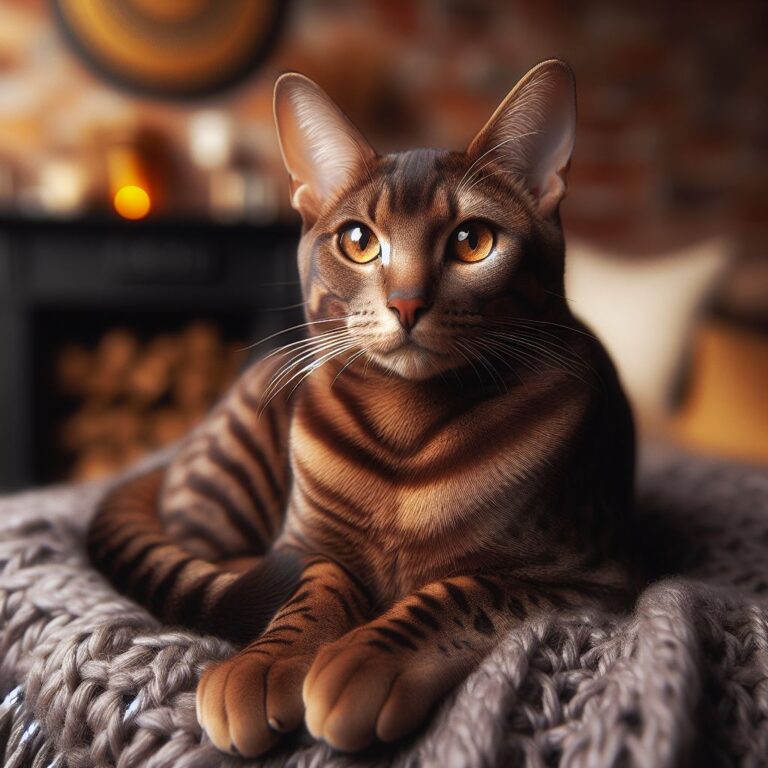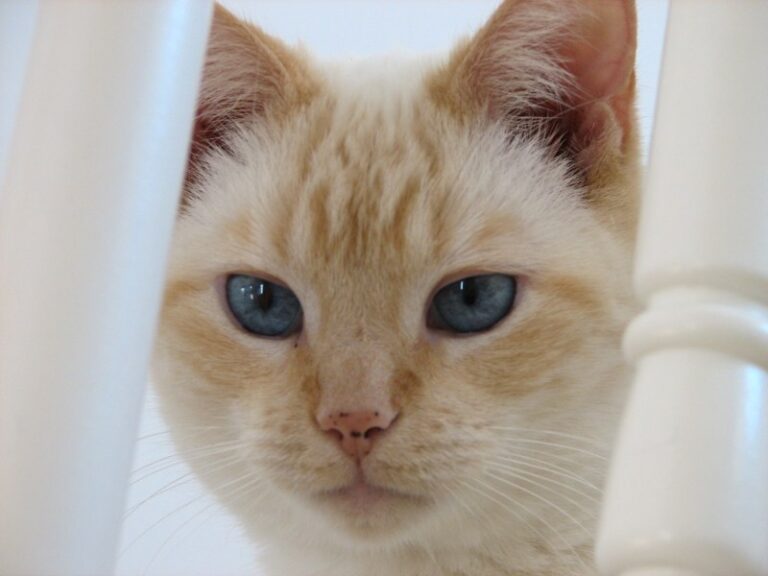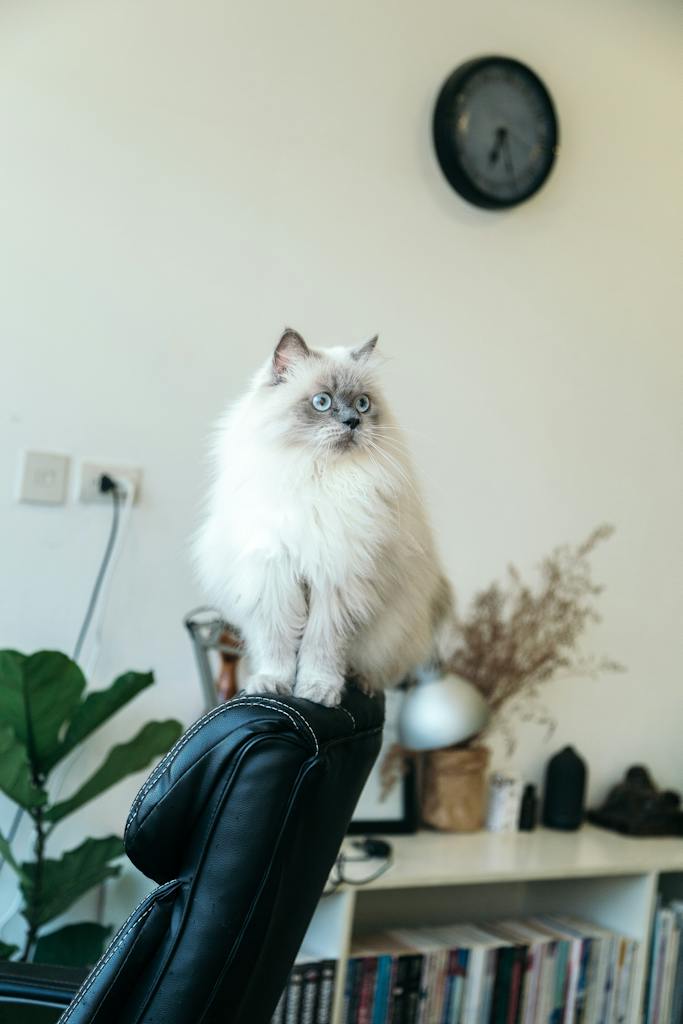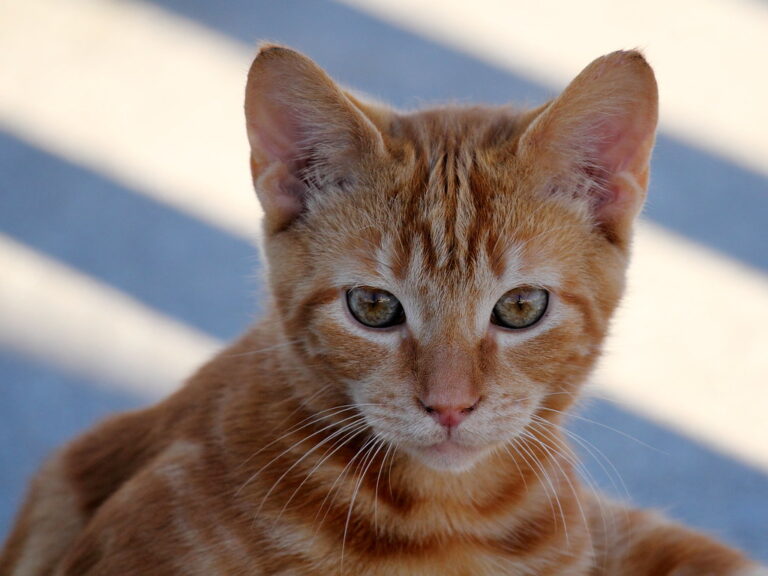Hairless Cat Breeds: Characteristics, Care, and Adoption

Hairless cats, with their unique appearance and affectionate personalities, have captured the hearts of many cat lovers around the world. These intriguing felines are not only known for their distinct lack of fur but also for their hypoallergenic qualities, making them a great choice for individuals with allergies. In this comprehensive guide, we’ll explore the world of hairless cat breeds, diving into their characteristics, how to properly care for them, and what you should consider before welcoming one into your home.
The Appeal of Hairless Cats
Hairless cats are often sought after for their hypoallergenic properties. While no cat is completely hypoallergenic, the absence of fur in these breeds can reduce the amount of allergens they spread around the home. Additionally, their unique appearance is a point of fascination and appeal. With expressive faces and a soft, suede-like skin, hairless cats offer an exotic look that sets them apart from their furry counterparts.
Most Popular Hairless Cat Breeds
A. Sphynx Cat
Origin, Appearance, Personality
The Sphynx cat, perhaps the most famous of the hairless breeds, originated in Canada in the 1960s. Recognizable by its wrinkled skin and large ears, the Sphynx is a medium-sized cat with a muscular build. Despite their somewhat alien appearance, Sphynx cats are known for their extroverted and affectionate nature. They are social butterflies that crave attention and love from their human companions.
B. Peterbald Cat
Origin, Appearance, Personality
The Peterbald cat hails from Russia and was first bred in the 1990s. This breed can range from completely hairless to having a fine down, and they are known for their elegant, slender bodies and almond-shaped eyes. Peterbalds are intelligent, active, and friendly cats that form strong bonds with their families.
C. Elf Cat
Origin, Appearance, Personality
The Elf cat is a newer breed, developed through a cross between the Sphynx and the American Curl. They sport the hairless trait of the Sphynx and the curled ears of the American Curl. Elf cats are playful, loving, and curious, making them delightful companions.
D. Other Less Common Hairless Breeds
There are other less common hairless breeds such as the Ukrainian Levkoy, the Bambino, and the Dwelf, each with its own unique set of traits and appearances. These breeds are less frequently encountered but offer the same allure as their more popular counterparts.
Caring for Hairless Cats
A. Skin Care
Bathing, Moisturizing, and Protection from the Sun
Hairless cats require a different grooming routine than their furry friends. Their skin can accumulate oils, so regular bathing is necessary. Use a gentle, cat-specific shampoo, and follow up with a moisturizer to keep their skin supple. Additionally, because they lack fur, hairless cats are more susceptible to sunburn. Limit their exposure to direct sunlight and consider using a vet-approved sunscreen when necessary.
B. Diet and Nutrition
Special Dietary Considerations for Hairless Breeds
Hairless cats have a higher metabolism to compensate for the lack of fur, which helps regulate a cat’s body temperature. As a result, they may require more food than the average cat. Ensure that their diet is rich in protein and consult with your veterinarian to determine the best feeding regimen for your hairless cat.
Health Considerations
Hairless cats are prone to certain health issues, such as dental problems and skin conditions. Regular veterinary check-ups are crucial to monitor their health and address any concerns early on. It’s also important to keep them indoors to protect their delicate skin from environmental hazards.
Adopting a Hairless Cat
When looking to adopt a hairless cat, consider reaching out to breed-specific rescues or shelters. Be prepared for potential costs and waiting lists, as these unique breeds can be in high demand. Always opt for reputable breeders who prioritize the health and well-being of their cats.
Conclusion
Hairless cats are not only captivating in appearance but also make loving and loyal companions. By understanding their specific care needs and health considerations, you can ensure a happy and fulfilling life for your hairless friend. If you’re ready to take the leap into the world of hairless cats, remember to support local shelters and rescues in your search for the perfect feline family member.
Remember to engage with us in the comments below if you have any questions or experiences to share about hairless cat breeds. And don’t forget to share this guide with fellow cat enthusiasts on social media!

